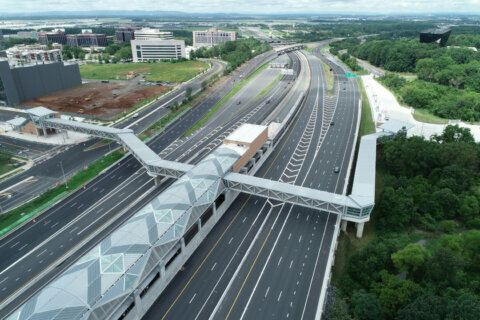
One of the benefits of life in and around the nation’s capital is the number of historic cities nearby. Ironically, in order to thrive, those pieces of history sometimes have to change.
The city of Manassas, Virginia, is in the midst of updating its comprehensive plan to determine what the site of the Civil War’s first major land battle should be in 2040.
The City Council will hold a public meeting Monday night to discuss the comprehensive plan, which has been developed over the past three years.
According to the plan: “Manassas must strike a balance to preserve the character and charm of the city, while offering a safe inviting environment for all ages … folks who will age in the city as well as attracting younger millennials who work the high-tech jobs and the amenities that all groups would need.”
The plan provides land-use guidance for the varied sections of Manassas, including established neighborhoods as well as industrial and transitional areas.
The independent city is located within the boundaries of Prince William County.
One of the most scrutinized sections is the historic downtown, the oldest part of Manassas.
“The downtown area should encourage business development and new urban residential choices, maintain specialty retail, and preserve its historic identity by protecting its historic structures and creating a vibrant, robust downtown,” according to the comprehensive plan.
As the city strives to become more connected to the rest of the region, a main feature in the plan is building new places for people to live within a half-mile of the Manassas VRE train station.
Some Manassas residents have expressed concerns that multistory apartments and condominiums would disrupt the look of the historic downtown area.
Though not listing a specific height cap, the plan states new buildings that are 130% of the current height of buildings on a block must be set back from the street to minimize the apparent difference.
Multiuse building is being encouraged, with businesses on the first floor and residences above them. The plan says no new single-story buildings should be built in the historic area.
After a series of open meetings to discuss — and perhaps tweak — the comprehensive plan draft, the City Council will vote on whether to approve it.








